The Ultimate Guide to Building Strong Customer Loyalty
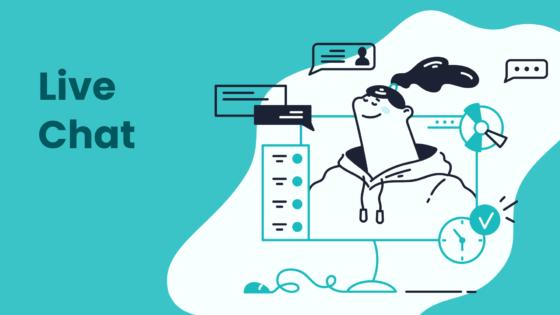
Customer loyalty is more than just repeated purchases—it's the emotional connection customers feel toward your brand. This connection drives them to choose you over competitors, even when options abound. You might wonder why loyalty matters so much. Well, retaining customers isn’t just easier—it’s smarter. Studies show that acquiring new customers costs five times more than keeping existing ones, and loyal customers spend 67% more on your products. Plus, a small 5% boost in your customer retention rate can increase revenue by up to 95%.
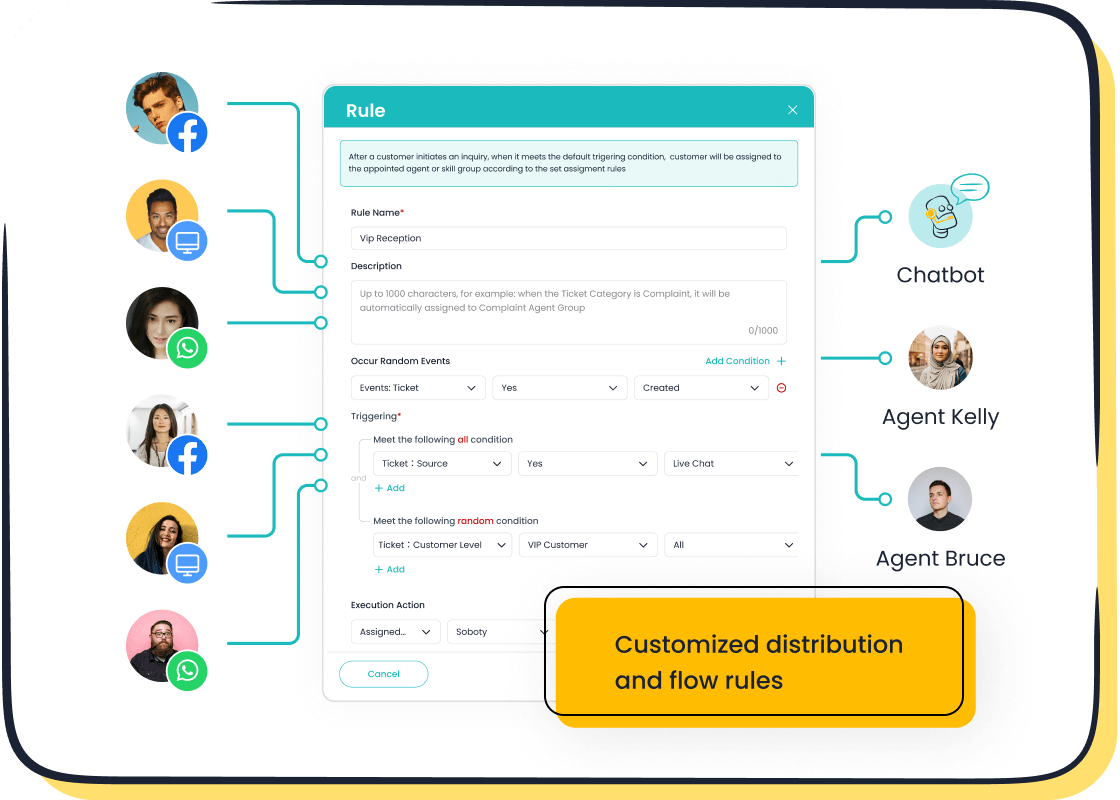
So, how do you strengthen loyalty? Tools like Sobot make it simple. By offering personalized interactions and instant support, Sobot helps you build trust and keep customers coming back. With its unified workspace and AI-powered features, you can deliver the kind of service that turns one-time buyers into lifelong fans, ultimately enhancing your customer retention programs.
Understanding Customer Loyalty and Its Importance
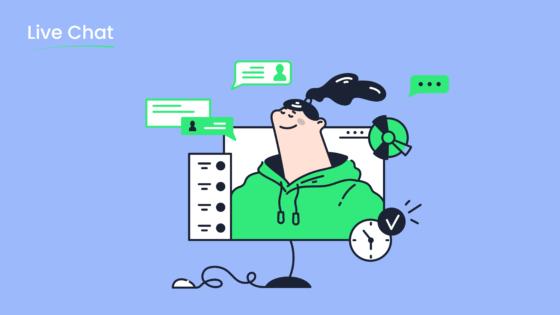
What Is Customer Loyalty?
Customer loyalty is the bond that keeps your customers coming back to your brand, even when they have other options. It’s not just about repeat purchases—it’s about trust, satisfaction, and the emotional connection they feel toward your business. Think of it as a relationship where your customers choose you because they believe in what you offer and how you treat them.
Loyalty often stems from consistent positive experiences. When you provide excellent service, high-quality products, and personalized interactions, you create a foundation for trust. Over time, this trust evolves into loyalty, making your customers more likely to stick with you, recommend your brand, and even forgive occasional mistakes.
Recent market research highlights measurable factors that define loyalty, such as communication, repeat purchases, and customer trust. For example:
| Measurable Factor | Description |
|---|---|
| Communication | Customers value brands that keep them informed throughout their journey. |
| Repeat Purchases | Loyal customers buy from you repeatedly, showing satisfaction and trust. |
| Customer Trust | Trust is built through transparency and reliability, which strengthens loyalty. |
| Customer Engagement | Engaged customers feel connected to your brand, increasing their likelihood of staying loyal. |
By focusing on these factors, you can better understand what drives loyalty and how to nurture it.
Why Customer Loyalty Matters for Long-Term Success
Loyal customers are the backbone of any successful business. They don’t just buy more—they advocate for your brand, helping you grow without spending extra on marketing. According to the Harvard Business Review, loyalty boosts profits, reduces costs, and generates referrals. This makes it a critical asset for long-term success.
Here’s why loyalty is so powerful:
- Loyal customers spend more. In fact, 57% of consumers are willing to pay more for brands they trust.
- They’re easier to retain. Keeping an existing customer costs far less than acquiring a new one.
- They promote your brand. Satisfied customers often share their experiences, bringing in new business through word-of-mouth.
When you invest in loyalty, you’re not just securing repeat business—you’re building a community of advocates who believe in your brand. This creates a ripple effect, where their trust and satisfaction attract even more customers.
The Connection Between Retention and Profitability
Retention and profitability go hand in hand. When you retain customers, you reduce churn, lower acquisition costs, and increase revenue. Studies show that a 5% increase in retention can lead to a 25% to 95% boost in profits. That’s a huge return on investment for focusing on your existing customers.
Let’s break it down further:
| Statistic | Impact on Profitability |
|---|---|
| 5% increase in retention | 25% to 95% increase in profits |
| Returning customers spend more | 67% more than new customers |
| Likelihood to try new products | 50% more likely from the same brand |
Why does this happen? Returning customers are easier to serve, more likely to try new products, and often refer others to your brand. They also provide valuable feedback, helping you improve your offerings and stay competitive.
Retention isn’t just about keeping customers—it’s about creating a cycle of success. When you focus on customer success, you build loyalty, which leads to higher profits and sustainable growth.
The Benefits of Strong Customer Loyalty
Enhanced Customer Lifetime Value (CLV)
When you focus on customer loyalty, you’re not just keeping customers—you’re maximizing their value over time. Loyal customers tend to spend more, return often, and even try new products. This directly boosts your Customer Lifetime Value (CLV), which is a key metric for long-term growth. For instance, studies show that increasing customer retention by just 5% can enhance profits by up to 95%. That’s a massive return for simply keeping your customers happy.
Here’s another compelling stat: a 7% rise in brand loyalty can lead to an 85% increase in CLV. This means that every effort you make to build loyalty—whether through personalized experiences or customer loyalty programs—pays off in the form of higher revenue and stronger relationships. By focusing on CLV, you’re not just growing your business; you’re creating a sustainable future.
Cost Savings Through Effective Retention
Did you know it costs far less to retain a customer than to acquire a new one? In fact, acquiring a new customer can be 5 to 25 times more expensive. Retaining customers doesn’t just save money—it also streamlines your operations. Long-term customers are already familiar with your products, which means fewer support tickets and faster resolutions.
Retention also improves efficiency across the board. For example, loyal customers provide valuable feedback that helps you refine your offerings. This reduces the need for costly trial-and-error approaches. By investing in customer loyalty programs, you’re not just cutting costs—you’re building a more efficient and profitable business.
| Evidence Type | Description |
|---|---|
| Reduced Marketing Costs | Acquiring a new customer is typically 5-25 times more expensive than retaining an existing one. |
| Improved Customer Service Efficiency | Long-term customers are more familiar with products, leading to fewer support queries and reduced support tickets. |
| Streamlined Sales Processes | Retained customers provide valuable feedback, which helps in product improvement and enhances overall efficiency. |
Building Brand Advocacy and Trust
Loyal customers don’t just stick around—they advocate for your brand. They recommend your products to friends, share positive reviews, and even defend your brand online. This kind of advocacy is priceless. It builds trust and attracts new customers without the need for expensive marketing campaigns.
Positive experiences play a huge role here. When customers feel heard and valued, they’re more likely to trust your brand. This trust fosters emotional connections, turning customers into lifelong advocates. For example, brands that prioritize customer loyalty programs and personalized interactions see six times more engagement and wallet share from their advocates. By focusing on loyalty, you’re not just gaining customers—you’re creating champions for your brand.
| Evidence Type | Description |
|---|---|
| Brand Advocacy | Customers who feel personally invested in a brand are more likely to publicly endorse and promote it. |
| Trust Building | Quick resolution of customer issues strengthens brand trust and encourages advocacy. |
| Social Interaction | Engaging with customers on social channels is crucial for building brand loyalty and measuring interaction. |
Gaining a Competitive Edge in Saturated Markets
Standing out in a crowded market isn’t easy, but customer loyalty can give you the edge you need. When customers trust your brand, they’re more likely to choose you over competitors—even when options seem endless. This trust doesn’t just happen overnight. It’s built through consistent quality, transparency, and a genuine commitment to meeting their needs.
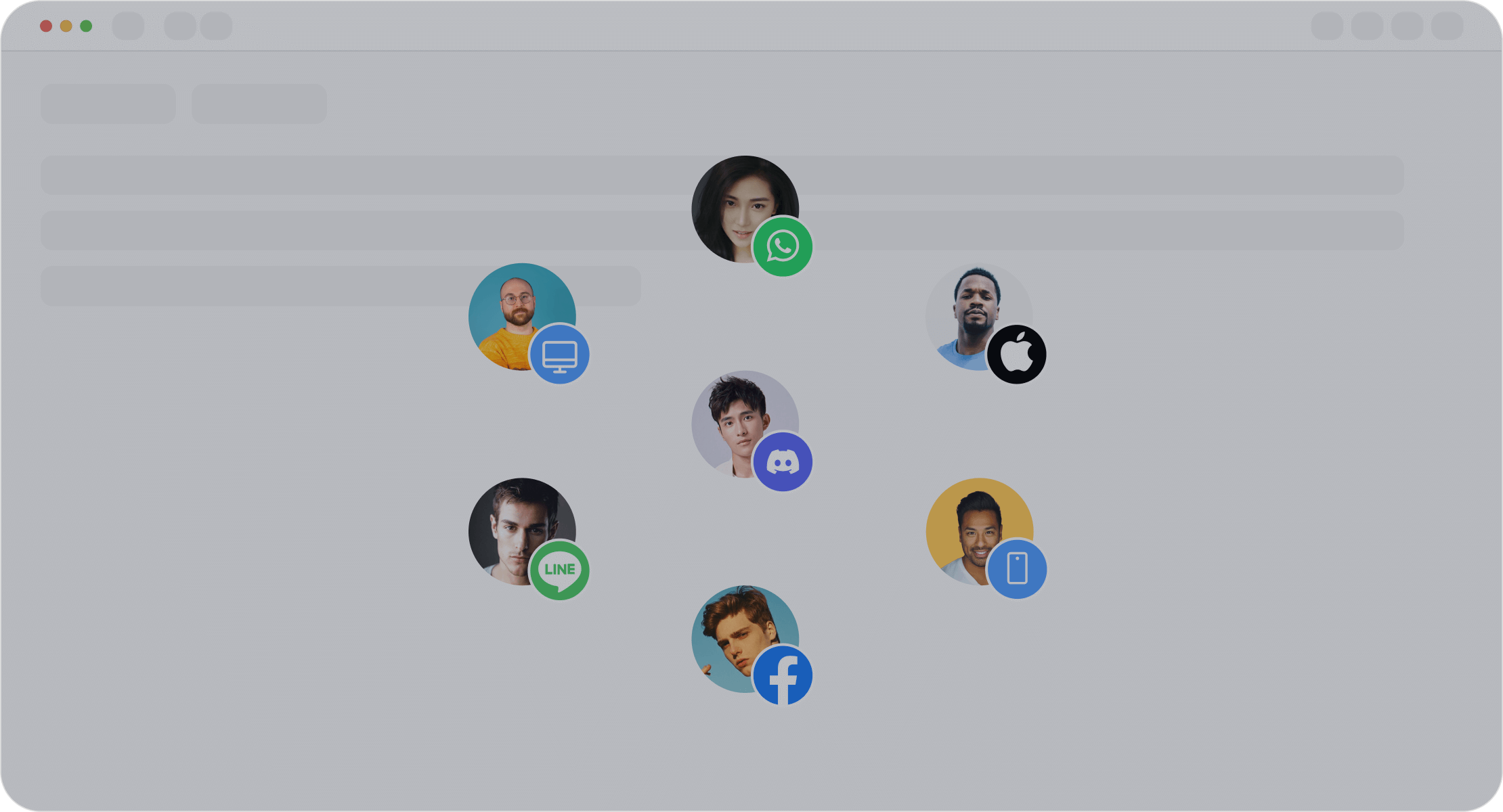
One way to gain that edge is by showcasing what makes your brand unique. Do you offer features that others don’t? Highlight them! Customers love brands that solve their problems in ways no one else can. For example, Sobot Live Chat stands out by offering omnichannel support and AI-powered tools that make customer interactions seamless. These unique features not only attract new customers but also keep existing ones loyal.
Educating your audience is another powerful strategy. When you provide clear, helpful information about your products or services, you position yourself as a trustworthy expert. This helps customers make informed decisions and builds confidence in your brand. Over time, this confidence turns into loyalty, giving you a solid advantage in a saturated market.
Here’s the thing: loyal customers don’t just stick around—they become your advocates. They’ll recommend your brand to friends, leave glowing reviews, and even defend you online. This kind of organic promotion is priceless. It not only strengthens your reputation but also attracts new customers who value trust and credibility.
In a world full of choices, loyalty is your secret weapon. By focusing on trust, unique offerings, and education, you can rise above the competition and create lasting relationships with your customers.
Proven Customer Retention Strategies for Businesses

Personalization and Tailored Customer Experiences
Personalization is no longer optional—it's what customers expect. When you tailor your services to meet individual needs, you create memorable experiences that keep customers coming back. Think about it: wouldn’t you prefer a brand that remembers your preferences and offers solutions that feel custom-made for you? That’s the power of personalized experiences.
Research shows that 73% of consumers prefer brands that personalize their interactions, and 86% say personalization influences their purchasing decisions. Companies that excel in this area often see a 15% increase in average order value (AOV). Here’s why: personalization makes customers feel valued, which strengthens their loyalty.
| Statistic | Insight |
|---|---|
| 15% increase in AOV | Companies utilizing personalization can see a significant rise in average order value. |
| 73% of consumers prefer personalized experiences | A majority of consumers favor brands that tailor their shopping experiences. |
| 86% say personalization influences purchasing decisions | Personalization is a key factor in consumer buying behavior. |
To implement this, start by leveraging customer data. Tools like Sobot Live Chat can help you gather insights from every interaction. With features like customer segmentation and AI-assisted tools, you can deliver tailored solutions instantly. For example, if a customer frequently asks about a specific product, you can proactively recommend related items or offer exclusive discounts. This level of attention not only enhances the customer experience but also boosts retention.
Building a Community Around Your Brand
A strong community can transform your customers into loyal advocates. When people feel connected to your brand and to each other, they’re more likely to stick around. Communities foster a sense of belonging, which is a powerful motivator for retaining customers.
Engagement strategies play a key role here. Encourage discussions, host events, or create online forums where customers can share their experiences. Positive interactions within these spaces build trust and loyalty. Metrics like active users, time spent in the community, and user-generated content are great indicators of a thriving community. For instance, loyal customers in these communities often spend more and are eager to try new products.
Take Samsung’s collaboration with Sobot as an example. By integrating Sobot’s all-in-one contact center solution, Samsung unified its communication channels and improved customer engagement. This approach not only streamlined operations but also strengthened its community of loyal customers. The result? A 97% customer satisfaction rate and a 30% boost in agent efficiency.
Building a community isn’t just about creating a space—it’s about fostering meaningful connections. When customers feel heard and valued, they’ll keep coming back, and they’ll bring others along with them.
Implementing Customer Retention Programs
Customer retention programs are one of the most effective ways to keep your customers engaged and loyal. These programs reward customers for their continued support, making them feel appreciated. Whether it’s through loyalty points, exclusive perks, or early access to new products, these initiatives show your customers that you value their business.
Successful customer retention programs often rely on key metrics to measure their impact. For example:
| Metric | Description |
|---|---|
| Customer Retention Rate (CRR) | Indicates the percentage of customers who remain loyal over a specific period. |
| Repeat Purchase Rate (RPR) | Measures how often customers return to make additional purchases, indicating loyalty. |
| Existing Customer Revenue Growth Rate (ECGR) | Reflects successful upselling or increased usage among existing customers, indicating satisfaction. |
| Customer Health Score | Predicts the likelihood of a customer continuing their relationship based on various factors. |
| Reactivation Rate | Assesses the success of efforts to re-engage churned customers. |
To make your program stand out, focus on personalization. For instance, Sobot’s marketing solution allows you to create targeted offers and reward programs based on customer behavior. This approach not only increases customer lifetime value but also re-engages dormant customers. By tracking metrics like CRR and RPR, you can continuously refine your strategies to ensure success.
Retention programs aren’t just about rewards—they’re about building relationships. When customers see the value in staying loyal, they’ll keep choosing your brand over others.
Delivering Exceptional Customer Service with Sobot Live Chat
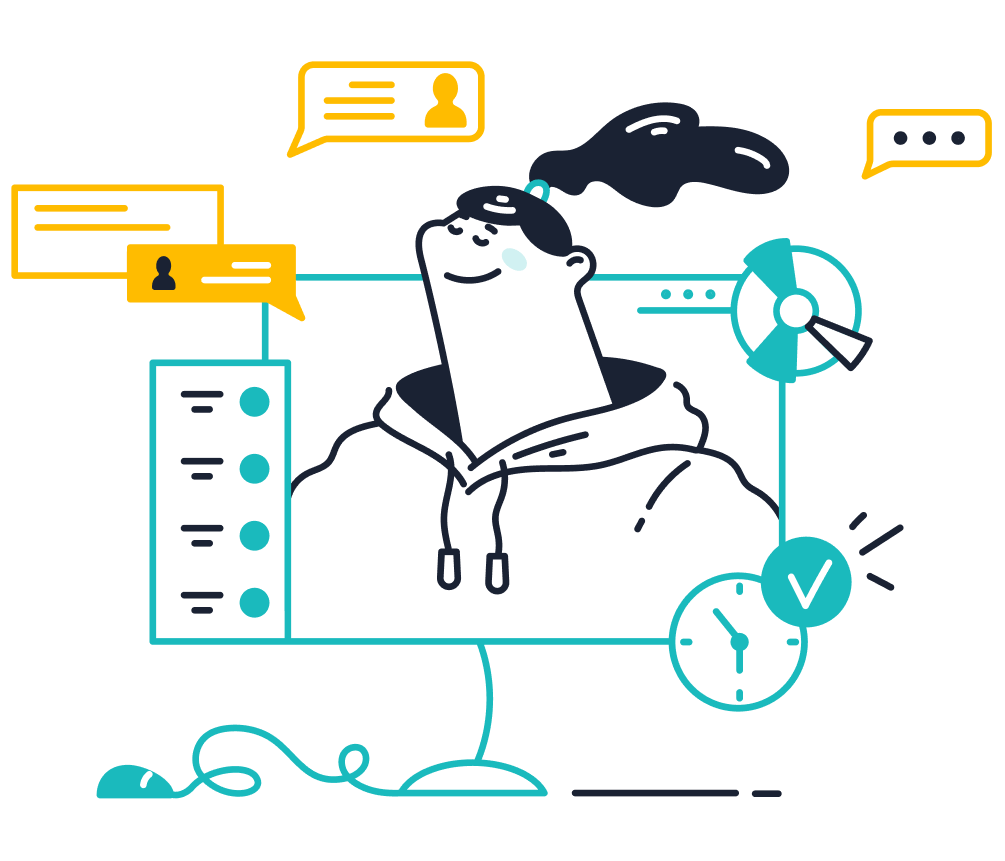
Exceptional customer service isn’t just about solving problems—it’s about creating memorable experiences that make your customers feel valued. With Sobot Live Chat, you can deliver this level of service effortlessly. By combining AI-powered tools with human expertise, Sobot ensures every interaction is seamless, personalized, and efficient.
Here’s why Sobot Live Chat stands out:
- Timely Responses: Did you know that 21% of live chat requests go unanswered? That’s a missed opportunity to connect with your customers. Sobot Live Chat prioritizes every request, ensuring no message slips through the cracks. Its intelligent assignment feature routes queries to the right agent instantly, reducing wait times and frustration.
- Feedback Integration: Many companies fail to ask for feedback after a chat, but Sobot makes it easy. Built-in satisfaction surveys let you gather insights directly from your customers, helping you refine your service.
- Unified Workspace: Managing multiple channels can get chaotic. Sobot’s unified workspace keeps all conversations in one place, so your team can focus on delivering top-notch support.
Imagine this: A customer visits your website with a question about a product. Instead of waiting hours for an email reply, they get instant help through Sobot Live Chat. The agent, equipped with AI-assisted tools, provides a quick and accurate solution. The customer leaves satisfied, and you’ve just earned their loyalty. That’s the power of exceptional service.
Pro Tip: Use Sobot’s analytics to track over 150 service indicators. This data helps you identify areas for improvement and ensures your team consistently delivers a stellar customer experience.
Consistent Communication Through Multichannel Engagement
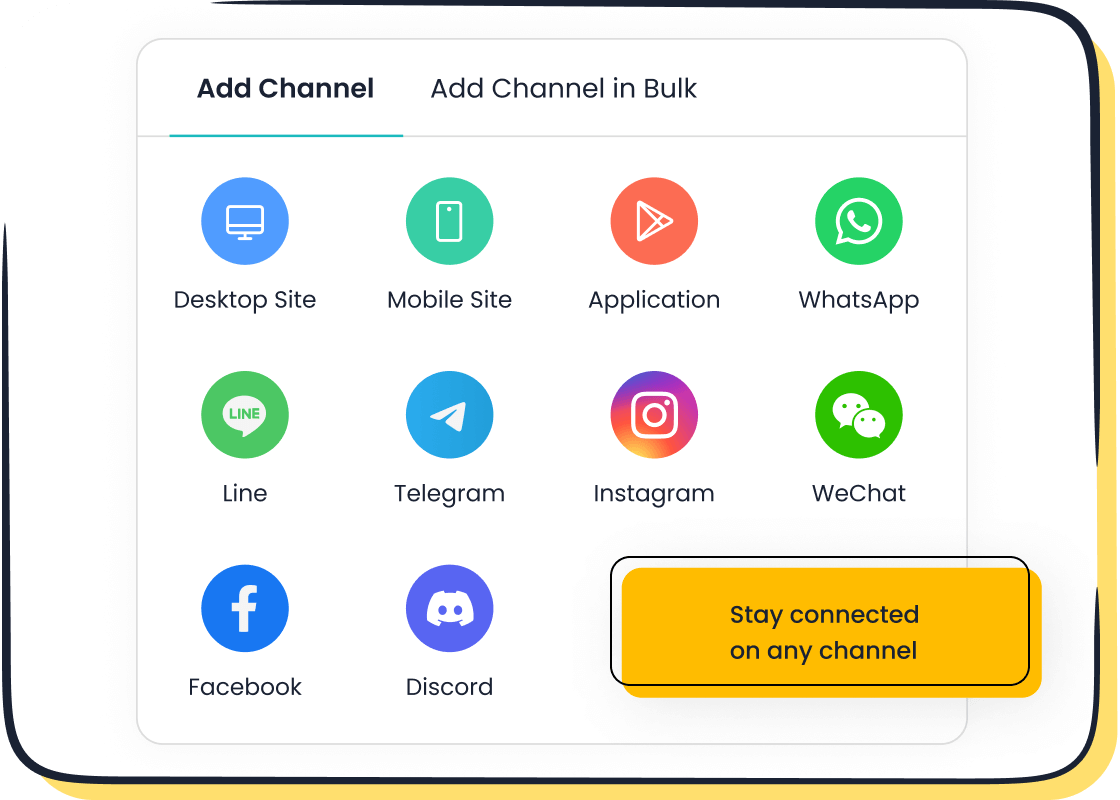
Your customers don’t stick to one platform, so why should your communication? Multichannel engagement is the key to staying connected wherever your customers are. Sobot Live Chat supports a wide range of channels, including websites, apps, and social media platforms like WhatsApp, Facebook, and Instagram. This ensures you’re always available, no matter where your customers choose to reach out.
Why is multichannel engagement so effective? Let’s look at the numbers:
| Statistic | Source |
|---|---|
| Customer satisfaction is 23x higher in companies who run omni-channel strategies. | Aberdeen |
| Companies using multichannel marketing see a 21% revenue increase compared to single-channel strategies. | Invesp |
| 90% of consumers expect a consistent experience across all channels. | Salesforce |
Sobot Live Chat takes multichannel engagement to the next level. Its omnichannel support ensures you never miss a message, whether it’s a WhatsApp inquiry or a Facebook comment. Plus, with features like auto-translation and rich messaging, you can communicate effectively with customers across the globe.
Here’s how it works: Let’s say a customer starts a conversation on Instagram but later switches to your website. With Sobot, the entire chat history follows them, so they don’t have to repeat themselves. This seamless experience builds trust and keeps your customers coming back.
Did You Know? Companies with strong omni-channel engagement see a 9.5% annual revenue increase. By adopting an effective engagement strategy like Sobot’s, you can boost both customer satisfaction and your bottom line.
Actionable Tips for Implementing Customer Retention Strategies
Using Data Analytics to Understand Customer Behavior
Understanding your customers is the first step to building loyalty. Data analytics can help you uncover patterns in customer behavior, allowing you to create personalized experiences that keep them coming back. By analyzing historical data, you can identify trends and predict what your customers might need next. For example, retailers often use this approach to offer personalized shopping experiences and forecast future trends.
Here’s how you can use data analytics effectively:
- Integrate customer data from all touchpoints to get a unified view of their journey.
- Use behavioral segmentation to group customers based on their actions and preferences.
- Leverage AI and machine learning to analyze large datasets and uncover actionable insights.
These steps help you understand what drives customer satisfaction and how to tailor your retention strategies. Tools like Sobot Live Chat can also assist by collecting data from every interaction, giving you a clearer picture of your customers’ needs.
Pro Tip: Use predictive analytics to anticipate customer needs and improve decision-making. This proactive approach can make a big difference in your retention efforts.
Leveraging Feedback to Improve Products and Services
Customer feedback is a goldmine for improving your offerings. It tells you what’s working and what needs fixing. By categorizing feedback into actionable insights, you can make strategic changes that enhance customer satisfaction.
For instance, feedback often reveals pain points that you might not have noticed. Addressing these issues can lead to measurable improvements. Quantitative data analysis can also help you spot trends across customer segments, making it easier to prioritize changes.
Here’s a simple way to get started:
- Collect feedback through surveys, live chat, and social media.
- Identify patterns in the data to understand common concerns.
- Act on the insights to refine your products and services.
When customers see that you’re listening and acting on their feedback, they feel valued. This strengthens their loyalty and keeps them engaged with your brand.
Training Teams to Prioritize Empathy and Customer Satisfaction
Your team plays a crucial role in customer retention. Training them to prioritize empathy and customer satisfaction can transform how they interact with customers. Empathy helps your team understand and address customer concerns effectively, leading to better outcomes.
Research shows that empathy training can significantly improve performance. For example:
| Study Focus | Outcome |
|---|---|
| Call Center Employees | 20% increase in problem-solving rates, 15% decrease in call times. |
| Customer Service Workers | Higher satisfaction due to faster issue resolution. |
| Managers with Empathy Training | 12% increase in team productivity, 20% increase in employee retention. |
By fostering empathy, you create a team that’s not just efficient but also emotionally connected to your customers. This connection enhances the overall customer journey and builds long-term loyalty.
Note: Regular training sessions and role-playing exercises can help your team develop these skills. When your team excels, your customers notice—and they’ll keep coming back.
Rewarding Loyalty Through Exclusive Perks and Offers
Rewarding your customers with exclusive perks and offers is one of the most effective ways to build loyalty. People love feeling appreciated, and loyalty programs are a great way to show them you value their support. Whether it’s through discounts, early access to new products, or non-transactional benefits like birthday rewards, these perks make customers feel special—and keep them coming back.
Loyalty programs don’t just benefit your customers; they’re a win for your business too. Studies show that 90% of companies with loyalty programs see positive returns, with an average return of 4.8 times their initial investment. That’s a huge payoff for simply rewarding your customers. Plus, 73% of consumers adjust their spending habits to maximize loyalty benefits, meaning your program can directly influence purchasing decisions.
Here’s a closer look at the impact of loyalty programs:
| Statistic | Description |
|---|---|
| 90% of loyalty program owners see positive returns | Loyalty programs deliver an average return of 4.8 times the initial investment, indicating high profitability. |
| 73% of consumers adjust spending for loyalty benefits | Consumers change their spending habits to maximize loyalty program benefits, influencing purchasing decisions. |
| 70% of consumers engage more with loyalty programs | A significant majority of consumers spend more and engage frequently with brands offering loyalty programs. |
| 54% of loyalty programs provide non-transactional benefits | Many programs enhance customer satisfaction through non-purchase rewards. |
| 90% of companies have loyalty programs | Major brands utilize loyalty programs, highlighting their prevalence in the market. |
| 83% of consumers make repeat purchases due to loyalty programs | Loyalty programs are crucial for customer retention, incentivizing repeat purchases. |
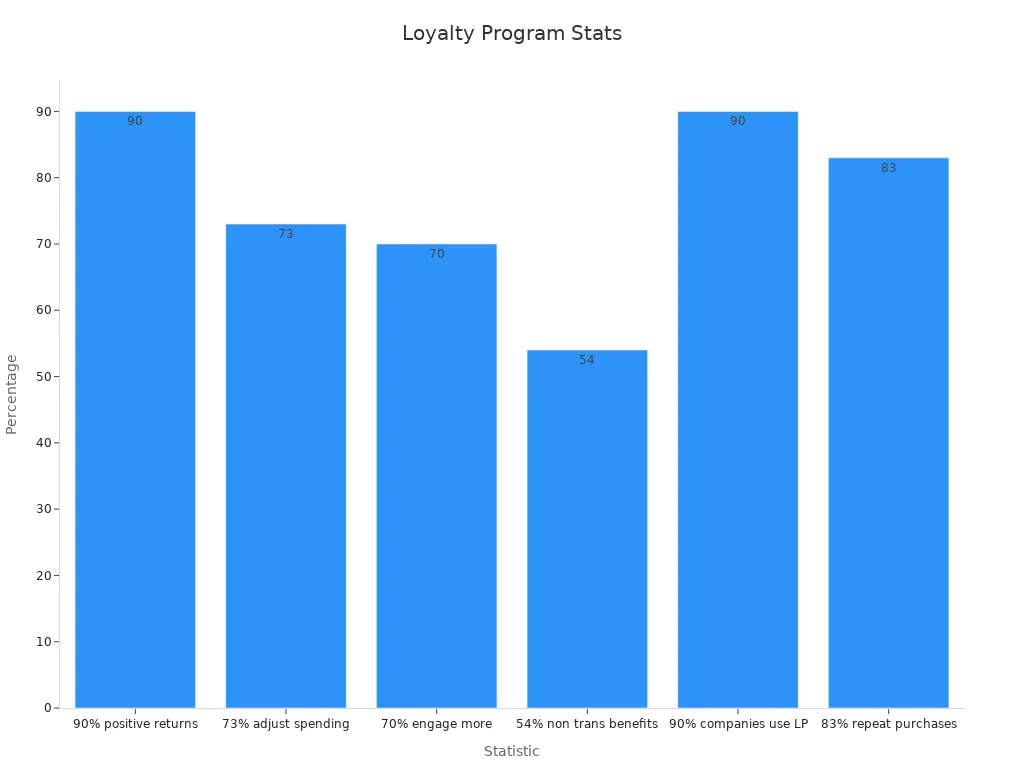
When you design your loyalty program, focus on personalization. Tailor perks to match your customers’ preferences. For example, if you know a customer loves your skincare line, offer them exclusive discounts on related products. This approach not only boosts engagement but also strengthens emotional connections with your brand.
Loyalty programs are more than just rewards—they’re a powerful customer retention strategy. By offering perks that resonate with your audience, you create a cycle of trust and satisfaction that keeps customers loyal for years to come.
Overcoming Challenges in Customer Retention
Addressing Customer Complaints Effectively
Handling customer complaints well can turn a negative experience into a loyalty-building moment. When customers feel heard and valued, they’re more likely to stick with your brand. To achieve this, you need a clear strategy for addressing complaints.
Start by analyzing how competitors handle similar issues. Learning from their best practices can help you refine your approach. For example:
| Strategy | Description |
|---|---|
| Best Practices Identification | Analyzing competitors' methods for handling complaints to adopt effective practices. |
You should also focus on improving processes and training your team. Streamlining operations makes it easier to resolve issues quickly, while employee training ensures your team has the skills to handle complaints with empathy and professionalism. Here are some key steps:
- Streamline operations to enhance efficiency.
- Invest in employee training to boost productivity.
- Adjust strategies to align with industry standards.
When you address complaints effectively, you don’t just solve problems—you build trust and loyalty.
Avoiding Over-Promising and Under-Delivering
Over-promising might seem like a good way to attract customers, but it often backfires. When you fail to deliver on your promises, trust erodes, and customers leave. Negative reviews can damage your reputation, making it harder to gain referrals or new clients. Worse, client churn increases, and you may face higher costs from projects that exceed budgets or require extra resources to fix mistakes.
To avoid this, set realistic expectations from the start. Be transparent about what you can deliver and when. If delays or issues arise, communicate openly with your customers. They’ll appreciate your honesty and effort to make things right. Remember, it’s better to under-promise and over-deliver than the other way around.
Staying Relevant in a Rapidly Changing Market
Markets evolve quickly, and staying relevant requires agility and innovation. Businesses that adapt to change thrive, while those that resist often fall behind. To stay ahead, you need to monitor market trends and adjust your strategies accordingly.
Here’s how you can stay relevant:
- Stay attuned to emerging trends and adapt quickly.
- Conduct competitive market research to identify opportunities.
- Focus on innovation and improving the customer experience.
For example, companies that embrace new technologies or anticipate customer needs often gain a competitive edge. Proactive monitoring of market dynamics helps you seize opportunities before your competitors do. By staying forward-thinking and customer-focused, you’ll not only survive change—you’ll thrive in it.
Tip: Regularly review your strategies and look for ways to innovate. This keeps your business fresh and aligned with what your customers want.
Managing Customer Expectations with Tools Like Sobot Live Chat
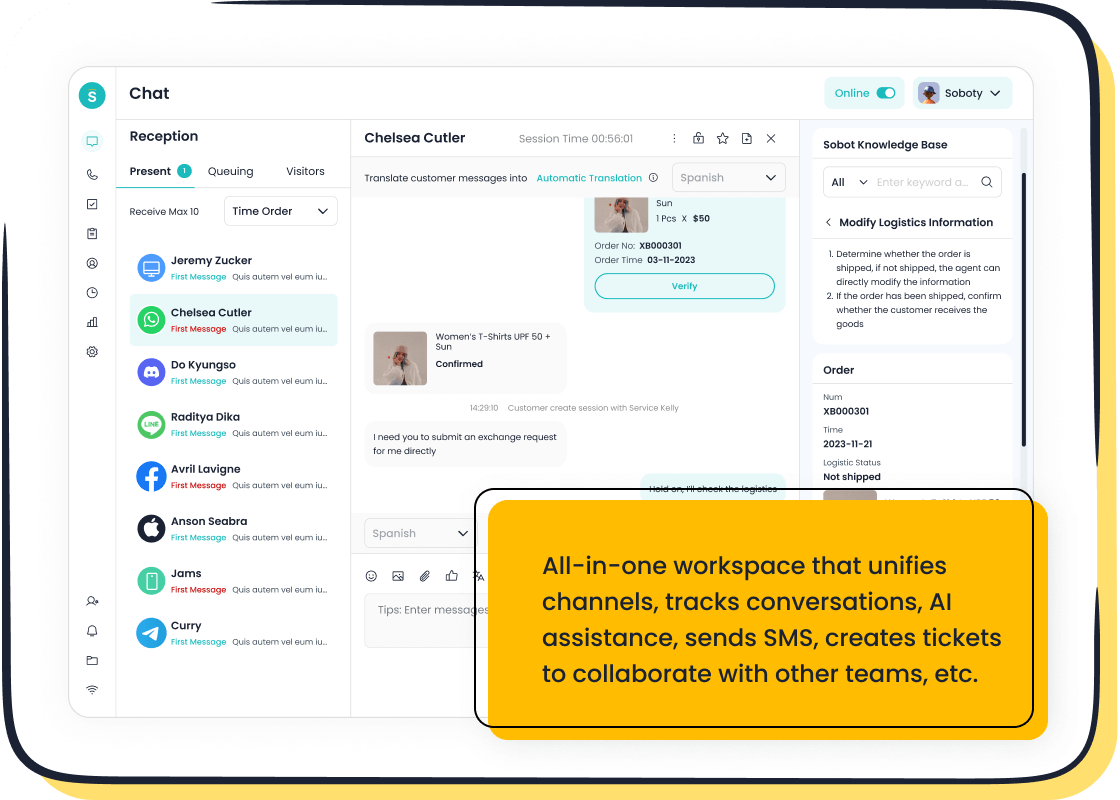
Meeting customer expectations isn’t just about solving problems—it’s about doing it quickly, accurately, and in a way that leaves them smiling. That’s where tools like Sobot Live Chat come in. With its AI-powered features and omnichannel support, Sobot helps you deliver the kind of service that keeps customers happy and loyal.
Think about this: customers today expect instant responses. They want their questions answered without jumping through hoops. Sobot Live Chat makes this possible by unifying all communication channels into one workspace. Whether your customer reaches out via WhatsApp, Instagram, or your website, Sobot ensures they get a seamless experience. No repeated questions. No frustration.
But how effective is it? Let’s look at the numbers:
| Metric | Result |
|---|---|
| Reduction in inbound discussion volume | 20% |
| Increase in positive feedback | 96% + |
| Correct answers provided by AI platform | Over 80% |
| Customer satisfaction rate | Over 95% |
| Self-service question resolution | 22.2% |
| Customer satisfaction score (CSAT) | 97% |
| Problem resolution rate | 85% |
| Customer happiness rate | 99% |
| Increase in sign-off rate | About 35% |
| Increase in COD collection rate | About 40% |
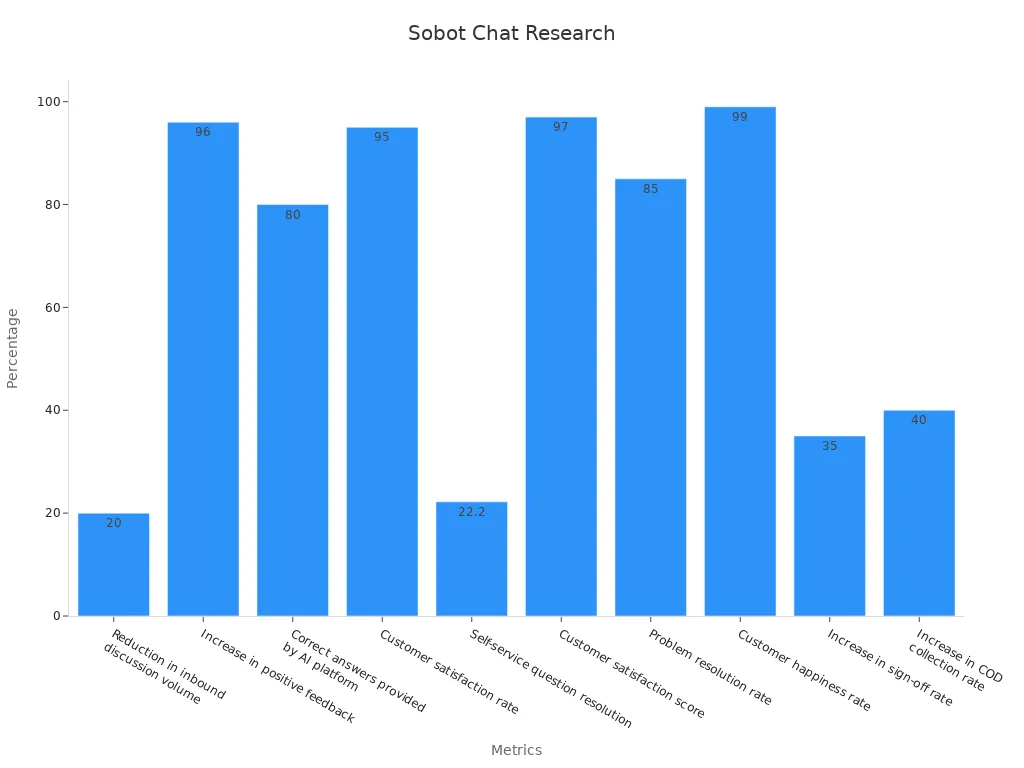
These stats tell a clear story. Sobot Live Chat doesn’t just meet expectations—it exceeds them. For example, its AI tools resolve over 80% of queries accurately, while self-service options handle 22.2% of questions without human intervention. This means your team can focus on complex issues, and your customers get faster resolutions.
Here’s the best part: Sobot’s built-in analytics let you track customer satisfaction in real time. You can see what’s working and tweak what’s not. With a 97% CSAT score and a 99% happiness rate, it’s clear that customers love the experience Sobot provides.
Managing expectations doesn’t have to be complicated. With Sobot Live Chat, you can deliver fast, reliable, and personalized service that keeps your customers coming back. After all, happy customers are loyal customers. 😊
Customer loyalty isn’t just a buzzword—it’s the backbone of sustainable business growth. Loyal customers spend more, refer others, and stick with your brand even in competitive markets. Companies that prioritize customer experience (CX) often see double the revenue growth compared to their peers, proving the financial benefits of fostering loyalty.
To build strong loyalty, focus on strategies like personalization, community building, and exceptional service. Tools like Sobot Live Chat make this easier by offering omnichannel support, AI-powered insights, and seamless communication. These features help you deliver tailored experiences that keep customers coming back.
| Metric | Value |
|---|---|
| Percentage of businesses collecting CX metrics | 52% |
| Percentage reviewing CX metrics with teams | 39% |
| Percentage tying compensation to CX metrics | 28% |
| Percentage making trade-offs between financial and CX metrics | 19% |
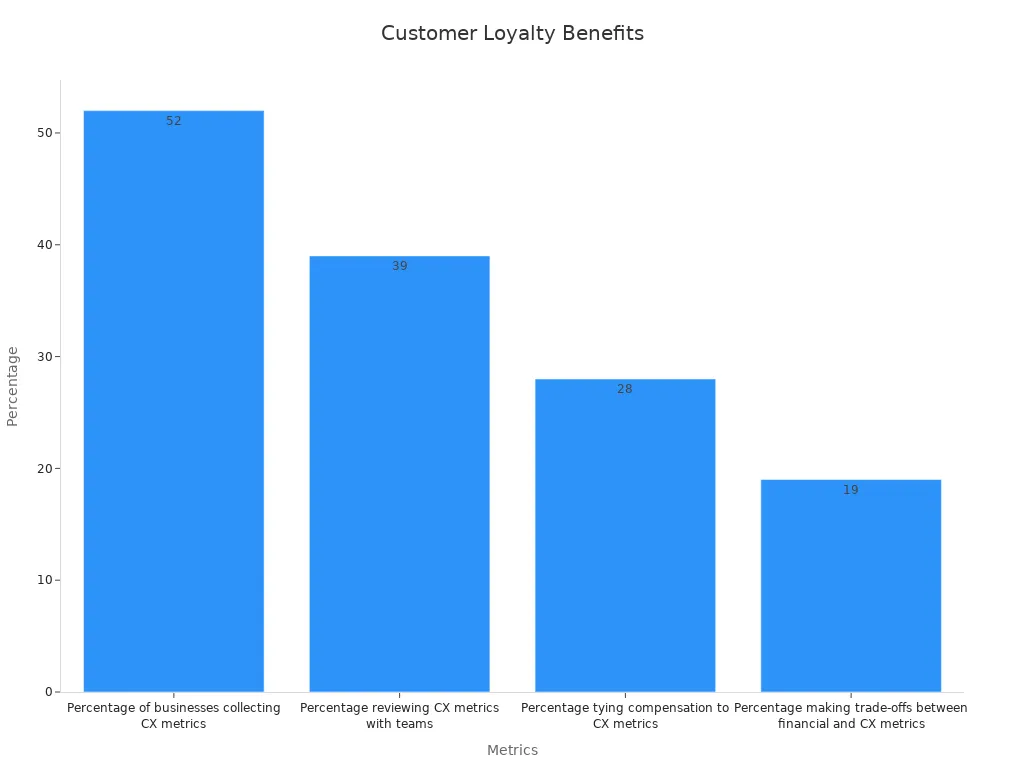
Ready to take your customer retention to the next level? Explore Sobot’s solutions today and see how tools like Live Chat can transform your customer relationships. 😊
FAQ
What is customer loyalty, and why does it matter?
Customer loyalty is when customers stick with your brand because they trust it and love the experience you provide. It matters because loyal customers spend more, refer others, and help your business grow without extra marketing costs. They’re your biggest fans!
How can Sobot Live Chat improve customer retention?
Sobot Live Chat makes customer interactions seamless. It offers instant responses, personalized service, and omnichannel support. These features keep customers happy and engaged, turning them into repeat buyers. Plus, its AI tools help you resolve issues faster, boosting satisfaction.
What industries benefit most from Sobot Live Chat?
Sobot Live Chat works for almost any industry. Retail, gaming, education, and financial services are just a few examples. If your business needs better customer engagement and retention, Sobot Live Chat can help you connect with customers across multiple channels.
Does Sobot Live Chat offer analytics for tracking customer satisfaction?
Yes! Sobot Live Chat includes built-in analytics that track over 150 indicators. You can measure customer satisfaction, identify areas for improvement, and make data-driven decisions to enhance your service. It’s like having a roadmap for better customer experiences.
Can Sobot Live Chat integrate with other systems?
Absolutely! Sobot Live Chat integrates with your existing systems, like ERP or ticketing platforms. This connectivity helps your team collaborate efficiently and access customer data in one place. It’s all about making your operations smoother and smarter.
See Also
10 Strategies to Enhance Live Chat Customer Experience
10 Guidelines for Selecting Social Media Support Tools
The 10 Leading Customer Service Software Options for 2024
